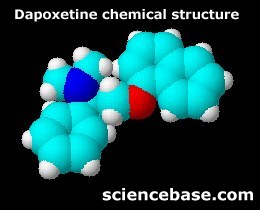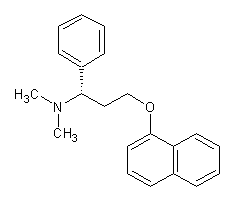
Premature birth (also known as preterm birth) is the birth of a baby before the standard period of pregnancy is completed. In most systems of human pregnancy, prematurity is considered to occur when the baby is born sooner than 37 weeks after the beginning of the last menstrual period (LMP). The opposite condition, postmature birth, is defined as birth more than 42 weeks after the LMP. Although there are several known risk factors for prematurity (see below), nearly half of all premature births have no known cause. When conditions permit, doctors may attempt to stop premature labor, so that the pregnancy can have a chance to continue to full term, thereby increasing the baby's chances of health and survival. However, there is currently no reliable means to stop or prevent preterm labor in all cases. In fact, the rate of preterm births in the United States has increased 30% in the past two decades.[7] In developed countries premature infants are usually cared for in a Neonatal Intensive Care Unit (NICU). The physicians who specialize in the care of very sick or premature babies are known as neonatologists. In the NICU, premature babies are kept under radiant warmers or in incubators (also called isolettes), which are bassinets enclosed in plastic with climate control equipment designed to keep them warm and limit their exposure to germs. Modern neonatal intensive care involves sophisticated measurement of temperature, respiration, cardiac function, oxygenation, and brain activity. Treatments may include fluids and nutrition through intravenous catheters, oxygen supplementation, mechanical ventilation support, and medications. In developing countries where advanced equipment and even electricity may not be available or reliable, simple measures such as kangaroo care (skin to skin warming), encouraging breastfeeding, and basic infection control measures can significantly reduce preterm morbidity and mortality. Whether or not urinary tract infections directly cause preterm birth is uncertain, however, it is known that urinary tract infections increase pre-eclampsia which as stated above increases the risk of preterm birth. Sexually transmitted disease STD, Beta Strep, kidney disease, and uterine infections are also suspected of increasing the risk of preterm birth. Women who have tried to conceive for more than a year before getting pregnant are at a higher risk for premature birth. A recent study done by Dr. Olga Basso of the University of Aarhus in Denmark and Dr. Donna Baird of the U.S. National Institute of Environmental Health Sciences suggests that women who had difficulty conceiving were about 40 percent higher risk of preterm birth than those who had conceived easily. Delaying the premature birth from occurring is typically the most favored option. This gives the fetus or fetuses as much time as possible to mature in the womb. There are a number of techniques that can be used to try to accomplish this. The first resort is usually complete bed rest. Maintaining a horizontal position reduces pressure on the cervix, which may allow it to stay lengthened longer, and avoiding unnecessary movement may reduce uterine irritation, which can lead to contractions. Likewise, proper nutrition and especially hydration are important: dehydration can lead to premature uterine contractions. In a hospital setting, a drug-free IV drip may be used to try to stop premature labor simply by improving the mother's hydration. Lastly, there are anti-contraction medications (tocolytics), such as ritodrine, fenoterol, nifedipine and atosiban, although these do not appear to have more than a short-term effect on delaying delivery. Premature birth can not always be prevented. Severely premature infants may have underdeveloped lungs, because they are not yet producing their own surfactant. This can lead directly to Respiratory Distress Syndrome, also called hyaline membrane disease, in the neonate. To try to reduce the risk of this outcome, pregnant mothers with threatened premature delivery prior to 34 weeks are often administered at least one course of glucocorticoids, a steroid that crosses the placental barrier and stimulates growth in the lungs of the fetus. Typical glucocorticoids that would be administered in this context are betamethasone or dexamethasone, often when the fetus has reached viability at 23 weeks. In cases where premature birth is imminent, a second "rescue" course of steroids may be administered 12 to 24 hours before the anticipated birth. There is no research consensus on the efficacy and side-effects of a second course of steroids, but the consequences of RDS are so severe that a second course is often viewed as worth the risk. Some of the complications related to prematurity are not apparent until years after the birth. For example, children who were born prematurely (especially if born less than 1,500 grams) have a higher likelihood of having behavioral problems, delays in motor development, and difficulties in school. Specifically these problems can be described as being within the executive domain and have been speculated to arise due to decreased myelinization of the frontal lobes.[30] Throughout life they are more likely to require services provided by physical therapists, occupational therapists, or speech therapists. Adequate nutrition, via a feeding tube or, in extremely premature infants, intravenously. If a feeding tube is used, expressed breast milk from the mother or a breastmilk bank can be used, which lowers the risk of infections such as necrotizing enterocolitis. Historical figures who were born prematurely include Johannes Kepler (born in 1571 at 7 months gestation), Isaac Newton (born in 1643, small enough to fit into a quart mug, according to his mother), Winston Churchill (born in 1874 at 7 months gestation), and Anna Pavlova (born in 1885 at 7 months gestation).[38]
















